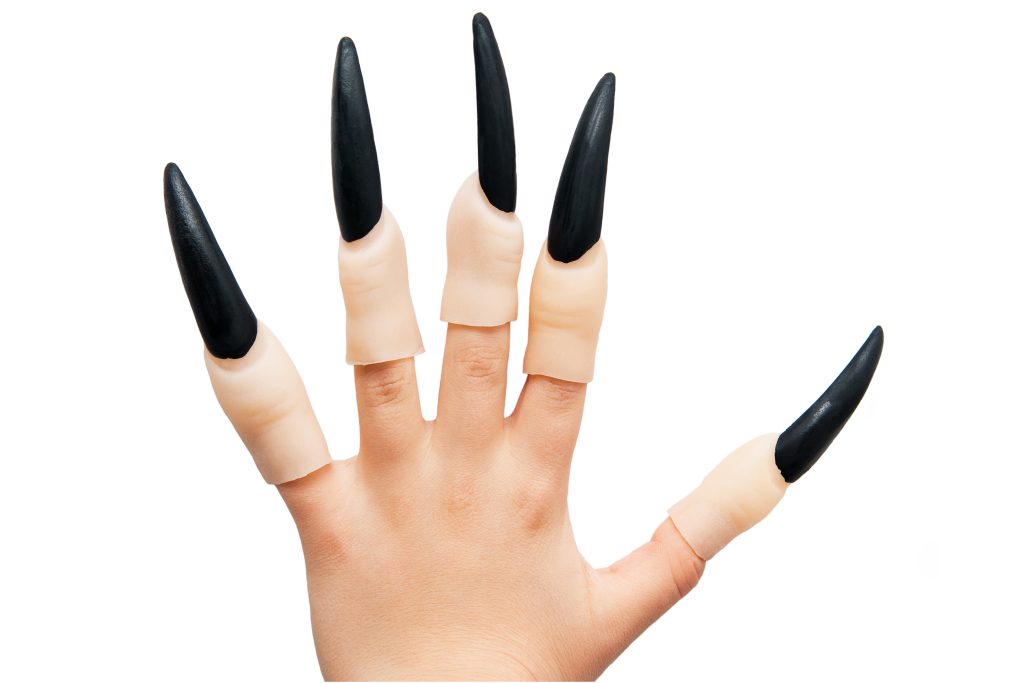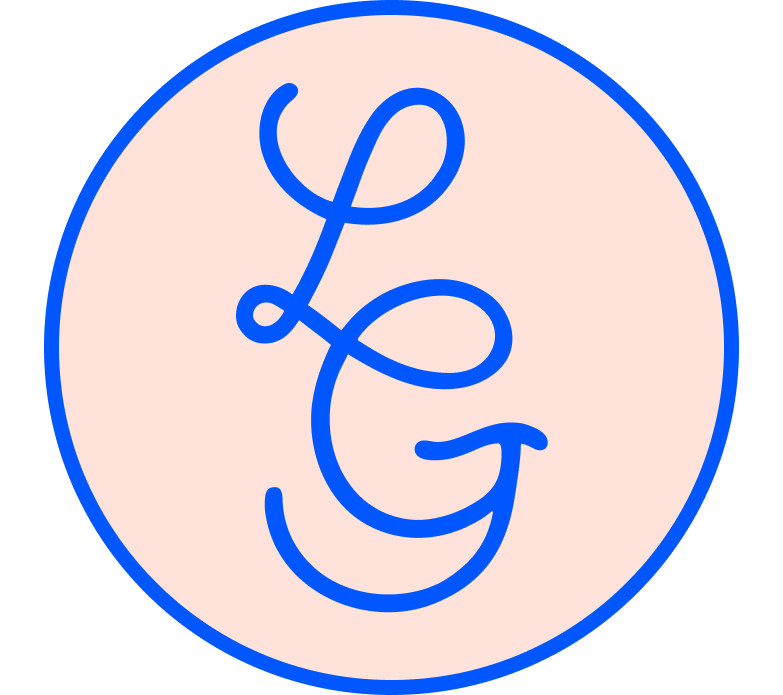3 Principles to Turn a User Interview into a Comfortable Conversation

The best compliment I have ever got about my user interview style is that it didn’t feel like an interview at all. The questions flew naturally, people felt comfortable, and there was a friendly atmosphere. Of course, this was my cunning plan all along! Various times, people have asked me how I do this. To change a user interview into something that isn’t a chore. Without giving away too many of my secrets: here are my three principles and how to practice them.
For this article, imagine we are investigating a Library app and why there has been a drop off in usage. Our client wants to know if there is justification to keep funding it. If we treat this clinically (ask “why” questions immediately) we will miss out on the key details that can be gleaned from a comfortable conversation. This is an app that brings entertainment, education, and a connection to the community. We’re going to have to get to know our users, and we will do it in a dignified way to identify the core problem. Gain trust, and be deserving of that trust.
1. Accept who you are, and let that person be present
If you want to turn a user interview into a comfortable conversation, you must accept yourself and how you best maintain rapport. Rapport is not established and then forgotten, it is maintained. You must maintain a no-judgement zone through being yourself, which gives the participant the freedom to also be themselves. We don’t want the participant feeling they need to impress us and we need to be prepared when participants say things that are shockingly relevant to our own lives. Trying to be the invulnerable professional in the face of unpredictable triggers is way too taxing after 10 hours of interviews.
Mistakes happen, don’t put a high premium on perfection. I am not a very intuitive person, so I pay a lot of attention to others’ reactions. Conversational skills have never been natural to me, I am still mastering them. When I was 4, I attended a special class, as I didn’t talk socially, where any word I said was a victory. Once for show-and-tell, I brought a box of costume fake nails. My teacher asked what was inside, I told them “nails”. She thought I had brought actual fingernails, because I was a weird kid, and her face was totally shocked. This was what I had feared, the judgement. We want to avoid that, and this is what happens when there is a lack of open heartedness. If you’re confused, the answer is “OK, tell me more”.

Opening a conversation is hard, but sincerity is the key. I learned small talk as a shop assistant. Guidelines suggested I could ask customers about the weather or compliment them on their shoes. People can smell insincerity and rehearsed compliments. I had much more success when I was honest, but kind. I needed the honesty I gave my pre-school teacher, but easy on the directness. Instead of shoes, I told a customer I loved the deep lapis lazuli blue of their earrings. They then got excited telling me where they got them on sale. Showing personalisation and sincerity is key to establishing rapport.
Dispense with the idea that you have to be a neutral object. User interviews are not an academic study. You are going to come into the conversation with your particular type of baggage. Own it.
Simple tips for Introductions:
Introduce yourself to the participant with the same details you want to know about them. Your participants will most likely mirror you.
E.g. If we were on the Library app project
- “Hi, I’m River. I’ve been at CheerfulCorp for 3 years, I’m not a big reader unless it’s a good fantasy series – then I’ll read it like 10 times.”
- “Hi there, I’m Aoife, I’ve been a designer for 10 years, too busy to read a novel. But I love audiobooks, just finished that Hans Rosling one”
Other ideas for rapport:
Offer a personal anecdote if your participant is struggling to understand a question. Show a measured vulnerability. e.g. “I had a situation with my iPad on the weekend. Couldn’t get Audible to load, couldn’t listen to my new self help book! Wondered, should I power it down? What would you do?”
Use casual language, not jargon. Most people will struggle with jargon regardless of background. Similarly – formalised English can be off-putting like a HR interview.
Encourage the participant to get casually specific. “Could you tell me a little more about that” is better than continuously asking “Why” in a direct way, which can have negative connotations.
2. Conversation is like music, not an interrogation
User interviews should have an ebb and flow of an excellent DJ set – they are fluid. There will be highs, there will be lows. It’s the transition that counts! Is the energy dropping? Start sowing the seeds of a new topic slowly, feel the rhythm. No good set is straight bangers and you can’t open with the conversational equivalent of Carameldansen. Neither can you have an interview with the same level of tension the whole way through, it’s exhausting. If you’ve felt the flutter in your heart to even something as popular as Levels by Avicii, you know it can’t be all chorus or it doesn’t work. Techno not your thing? Star Wars film music then! Any John Williams score has high dramatic tension, and then there is a reflective release. If there are tough questions, you must release the tension with some easier ones. Then you can build it back up.
Creating rhythm in our conversation prevents our participants feeling like they have been interrogated. Sometimes new interviewers think they have to be tricky to get “the real answers” out of someone. This is terrible practice, the participant is not your opponent.
Having an interview script does not mean you have to check off the questions in a strict order. Feel how your questions are linked together and where the different paths might be between them. Asking questions in a more natural order is just being kind to your participant’s brain. You’ll get better answers if they are unlocking their memories incrementally. This requires flexibility and a bit of fluidity. Rigid structure is rarely how we converse. If you want to do that, I would be upfront with the structure, and tell your participant the order of topics. Let them know what to expect, remove unnecessary stress. They’ll start preparing for you subconsciously.
Speaking as a DJ, it takes a ton of practice to get good at that ebb and flow, reading the room, selecting, etc. perhaps a helpful practice constraint is reducing your options. - Tom Kerwin, Designer and DJ
Going back to the Library:
Strict structure: “So today, we’re going to chat about your app usage, when you go to the library in person, and what other apps you’re using for books. That’ll be about 10 minutes each then I have a fun exercise on Mural for you. Then you can ask me some questions.”
It gets the job done if I really have to get this research out the door. It is not amazing though, and there will most likely be a follow up interview. But already I can plan to start broad on three topics, and drill down further, then release the tension by starting another topic with moving onto the next.
Fluid structure: I might have app usage, library usage, and other book apps as categories. But I might have even smaller groups of questions that are as relevant to all the participants, we will have inklings about to pull out at relevant times. Based on how introductions are going, maybe I want to pull out a different group first. If our participant says they barely use the app, I will want to talk about their in person library use first. It may seem obvious, but starting an interview with questions that are going to produce a lot of “no, haven’t used it in awhile” is a real vibe killer. If we talk about the library use first, followed by the app usage, they can get their phone out and compare the experience. I would expect a lot of “see here – this is where I give up” and “oh, didn’t know they did that.”
Remember, your participant is in an environment where they don’t have total control. We may be drawing on significant parts of their life experience. This is scary! Go easy.
Simple tips for maintaining ebb and flow
Long documents with sequential questions can kill momentum. I recommend using a Miro/Mural/Figjam if you can and treat it like a bank of questions. I write my notes in post its in this form.
Do not put a whole lot of intense questions together – especially for sensitive topics. Start with gentler questions that allow participants to slowly recall critical incidents.
Not: “tell me what was critical about July 17th at 8pm and the service you received?” -start with establishing routine habits, what was different. Memories and narratives are not always immediately available. Allow them to come out naturally.
Establish intentions to not shock people “I want to talk about in-person library access. Can you tell me a bit about how you’re managing your library access? Has anything changed since July 17?”
3. Psychological Safety and Participant Comfort
In academia I did loads of work with ethics committee oversight. Tech often doesn’t have the same ethical oversight of our human research. The imperative is the same though – we have to take care of the people who are part of our research. Hence we need to create an environment of consent and psychological safety. You want the participant to feel that they can leave without penalty at any time. Also, that they are happy to stay and talk!
Usually I begin an interview with something like the following:
“Thank you for joining us today, we’re going to talk for 45 minutes. I will give you the opportunity to ask me questions at the end. But you can ask questions at any time. We’re going to be talking about this [topic] today. I don’t expect this content to cause you any distress, but you are free to withdraw at anytime and you don’t have to tell us why. Do you wish to continue? Are you still OK to record and can I start now?”
We want to remove the sense that they can’t leave. Especially if they’re not participating for an incentive. Their time is valuable, we need to respect it. Usually in an academic study, information sheets get distributed in advance to participants. They detail the nature of the study and data storage, and funding arrangements. This is generally good practice and does engender trust. More than once I’ve had more detailed questions about the future of the research data outside of academic contexts.
Establishing consent and safety is important for when difficult topics arise. When encountering complex experiences, it is worth repeating back to the participant what they’ve said. Not verbatim but more “OK, what I understand is…”. The participants need to be happy with the account they’ve given. They might correct themselves and it’s very important they have felt heard and interpreted correctly. If the subject matter is very complex, another expert is needed. But our world has emotional complexity! Even with aspects of life that are routine, difficult emotions surface.
Advice for when participants might get upset
If a participant becomes upset, follow up questions can feel inappropriate. Many researchers will take the neutral position here. But I would say allow yourself to show that you empathise. The participant may give more details of what is going on, may need an acknowledgement/comfort, or need a pause. You can tell them “that sounds really hard” but I would refrain from further questions in this scenario. Remind them that they are in control of stopping, starting, deleting their data or not participating. This is why establishing consent is important! Allow them the option to come back at another time without penalty, or not at all. Alternatively, remove their data and stop the process. Whatever makes them comfortable.
Wrapping up
Follow the three principles: be yourself, treat it like music, and practice safety and consent, and I believe you’ll have richer conversations about your products/services. But this is an art, and does require practice. You will not be amazingly better tomorrow. As the saying goes that you need 10,000 hours of practice to be a master. Luckily, if you do 10 user interviews, that’s already 100 hours practice once you’ve listened back and analysed your study thoroughly. Never a more powerful teacher than watching yourself on video!
I would also recommend watching the old school talk show interviewers like Dick Cavett make celebrities feel at ease when they’re interviewed. One particular one that stands out for me is George Harrison – who insists on pointing out the show business idiosyncrasies during the interview.
Be caring, and good luck!
Big thanks to those who helped with this article: Tom Kerwin, Dylan Wilbanks, Rhiannon Cunningham, Josh Kinal, Maia Sauren and Jarryd Harris.
